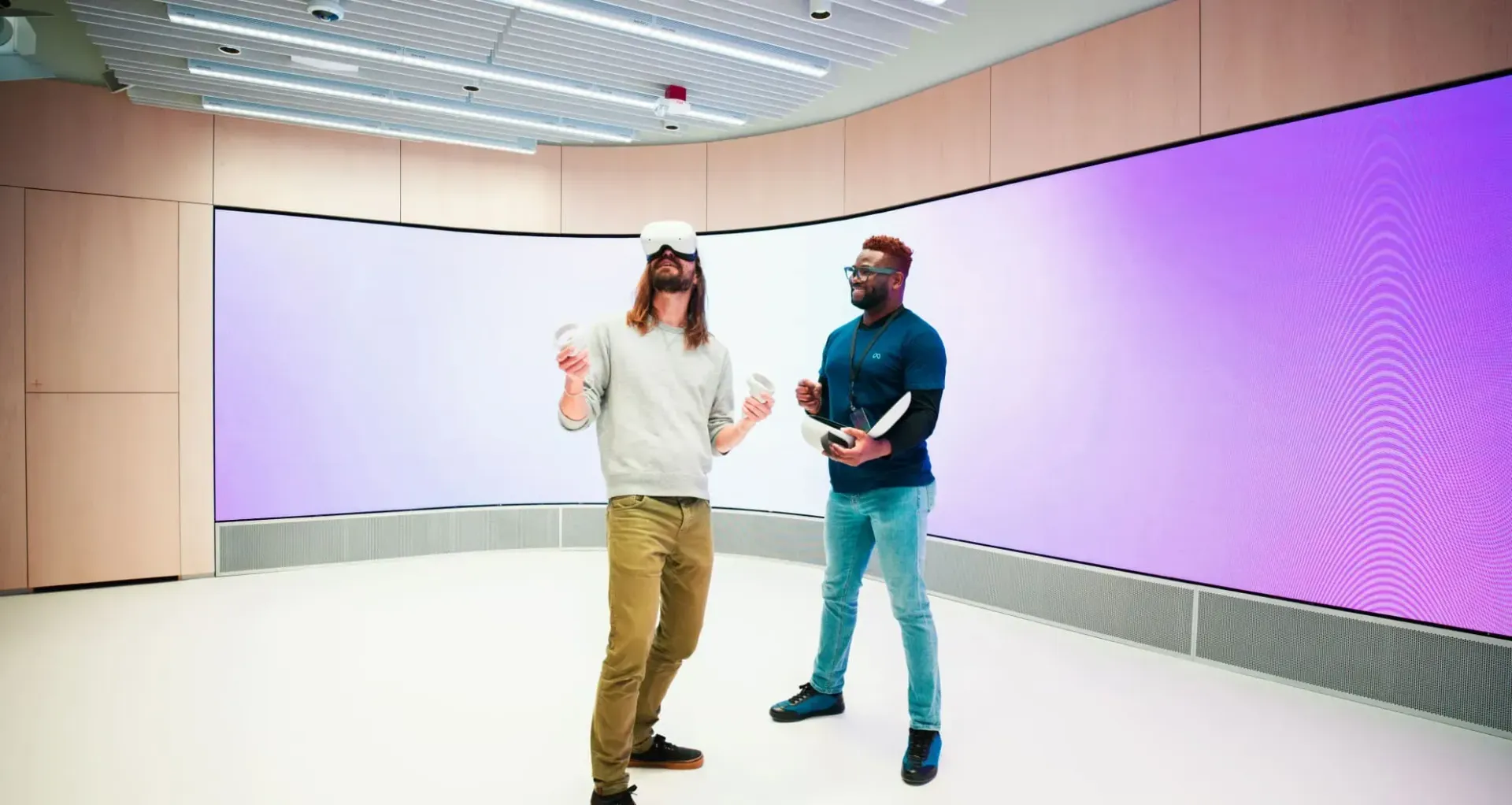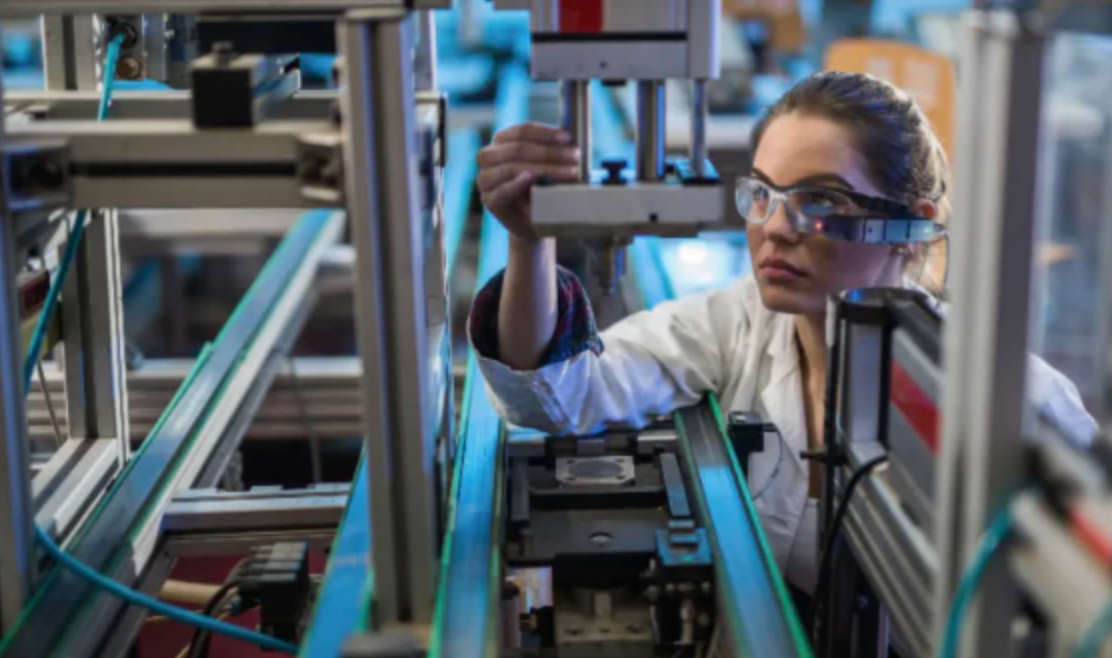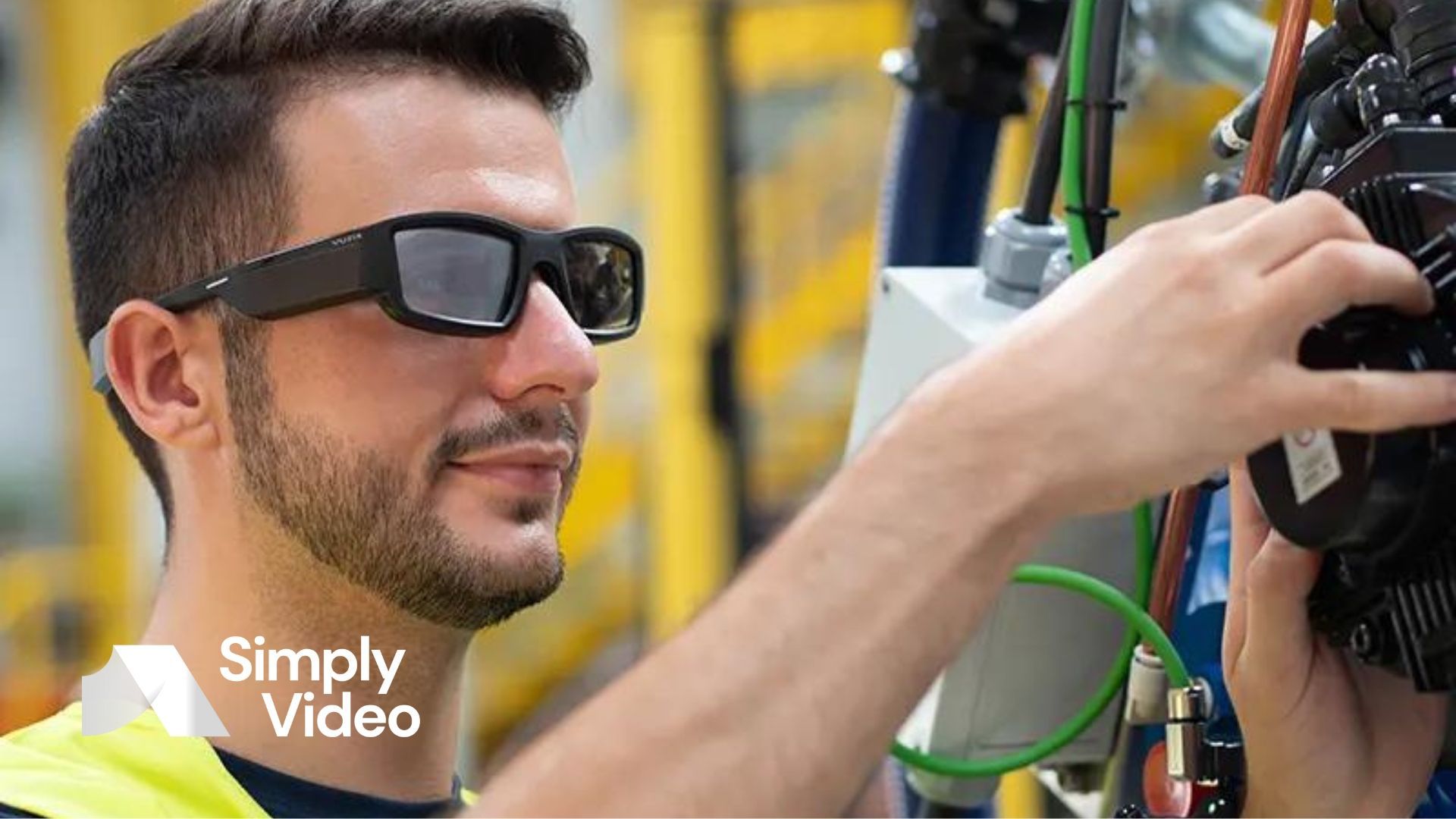The state of the deskless workforce in 2023
A huge 80% of the global workforce is deskless, but many feel undervalued and overworked. What's going wrong and how should industries respond?

From hospitality to healthcare, from shipping and manufacturing – deskless workers are the moving parts of the economy. Without them, many essential services would grind to a halt.
Since the nature of deskless and frontline work is usually practical, these workers often find themselves isolated from other members and branches of their workforce – namely, head office and management. The composition of these workforces varies from industry to industry, but one of the prevailing themes emerging among them is low job satisfaction.
Since COVID-19, many sectors have reported problems with staff retention – a period of mass resignations dubbed "The Big Quit". Many workers were leaving deskless roles in hospitality, facilities management, retail and shipping. Within hospitality alone,
six per cent of its total workforce left every month in 2022.
There is a perception held by frontline workers that they are ignored or undervalued.
A study by Quinyx found that:
- 62% felt they were not provided with enough additional training
- 37% thought their employers didn't listen to them
- 33% of deskless and frontline workers didn't feel valued by their employer
- 30% felt they had no control over their work schedule
This perception was confirmed by a BCG report, which revealed that "only eight per cent of executives say that amplifying support for the deskless worker is a CEO priority".
A 2022 report on the deskless workforce
conducted by Nudge showed an upward trend in workers wanting to quit their jobs – breaking it down as a percentage for each industry.
- 51% in facilities management (up from 40% in 2021)
- 49% in hospitality (up from 32% in 2021)
- 42% in food service (up from 38% in 2021)
- 40% in retail (up from 37% in 2021)
- 31% in manufacturing (same as 2021)
So, what are the factors driving a wedge between deskless workers and their employers? And what changes can be made to facilitate workforce happiness and cohesion?
Flexibility and autonomy
For desk workers, modern networks and computing allows a degree of freedom to adapt a workflow that balances with their personal life.
Deskless sectors of the economy are typically not known for their flexibility. In these supply chains, demand sets the precedent from which all other factors follow.
Things such as location and working hours are out of the worker's control, for the most part. Public services such as healthcare and refuse collection can't exactly choose when they want to provide care or collect bins.
For deskless workforce managers, this poses a problem. Namely, how to give staff more flexibility in an inflexible job when there may already be staff shortages. Admittedly there is not an easy solution to this problem.
Taking another angle, managers should consider the benefits of providing more flexible working hours for their staff and how they might impact things like productivity and happiness.
Skedulo's 2022 report surveyed 500 deskless employees based in the US and asked them how increased flexibility and autonomy would affect their perception of work. It found that:
- 41% believed they would be more motivated at work
- 22% thought it would give them a better work/life balance
- 21% said they'd be more likely to stay at their job
Forbes contributor and BCG senior partner Deborah Lovich
detailed numerous examples of successful implementation of flexible working hours.
Lovich describes how luxury retailer Neiman Marcus Group doubled down by offering flexible hours and locations for their staff, resulting in a 20% uptick in staff retention. And in healthcare, she highlights the flexible shift patterns extended to nurses with children.
Many argue that technological provisions for deskless workers are severely lacking – provisions that might empower workers with more autonomy. Leaders should consider investing time and resources into understanding their workers' needs as much as they do their customers'.
In an age of "quiet quitting" – where workers effectively give up trying – managers must be mindful of the state of their workforce and try to meet their needs if they want to increase staff retention.
Managers under pressure to please
We're not here to beat up on managers. Quite the opposite.
Deskless managers face a daunting task. They act as intermediaries between head office and frontline staff, directing a two-way traffic system that can quickly break down and threaten the business.
In its 2022 deskless workforce report, Nudge addressed this issue from the top. It found that
49%
of frontline managers felt "burnt out on a daily basis" and believed "their corporate leaders are out of touch with the chaos that's really happening".
In many cases, managers are the only channel of communication between corporate and frontline workers. What happens when that channel (literally) breaks down?
Communication fosters community
Opening up new lines of communication with employees to discuss and practise implementing changes is the key to creating scalable solutions that work for everyone. (While keeping the top brass happy!)
If you're delivering frontline services or at the customer end of a large supply chain, chances are you're disconnected from a large part of your workforce. According to the
Nudge 2021 deskless report, workers expressed the need for more community at work.
The report highlighted three ways in which community could be fostered:
- More company events (and parties!)
- Better communication
- Shared goals and interests
The way we see it, each of these involves a form of communication, be it social and informal or goal-oriented and corporate. Lack of communication creates barriers and becomes the thin end of the wedge between business leaders and their employees.
Improving deskless workers' means of communication empowers businesses by aligning the interests and goals of all their staff.
By way of example, SimplyVideo allows for group chat functions with any device. Communication across the workforce becomes as simple as a click of a button – offering a scalable solution with the ability to perform in low-bandwidth situations.
You can quickly connect to remote field workers with XR wearables or smartphones to share knowledge – or simply to check-in. Additionally, you can connect different areas of your business from any location with group video conferencing. This has the potential to strengthen bonds between staff and drive dynamic working relationships across the business.
Want to make sure your workforce stays connected? SimplyVideo integrates with existing video call platforms – such as Google Meet and Microsoft Teams – and comes with built-in support for XR wearables. Ready to learn more? Get in touch today.












